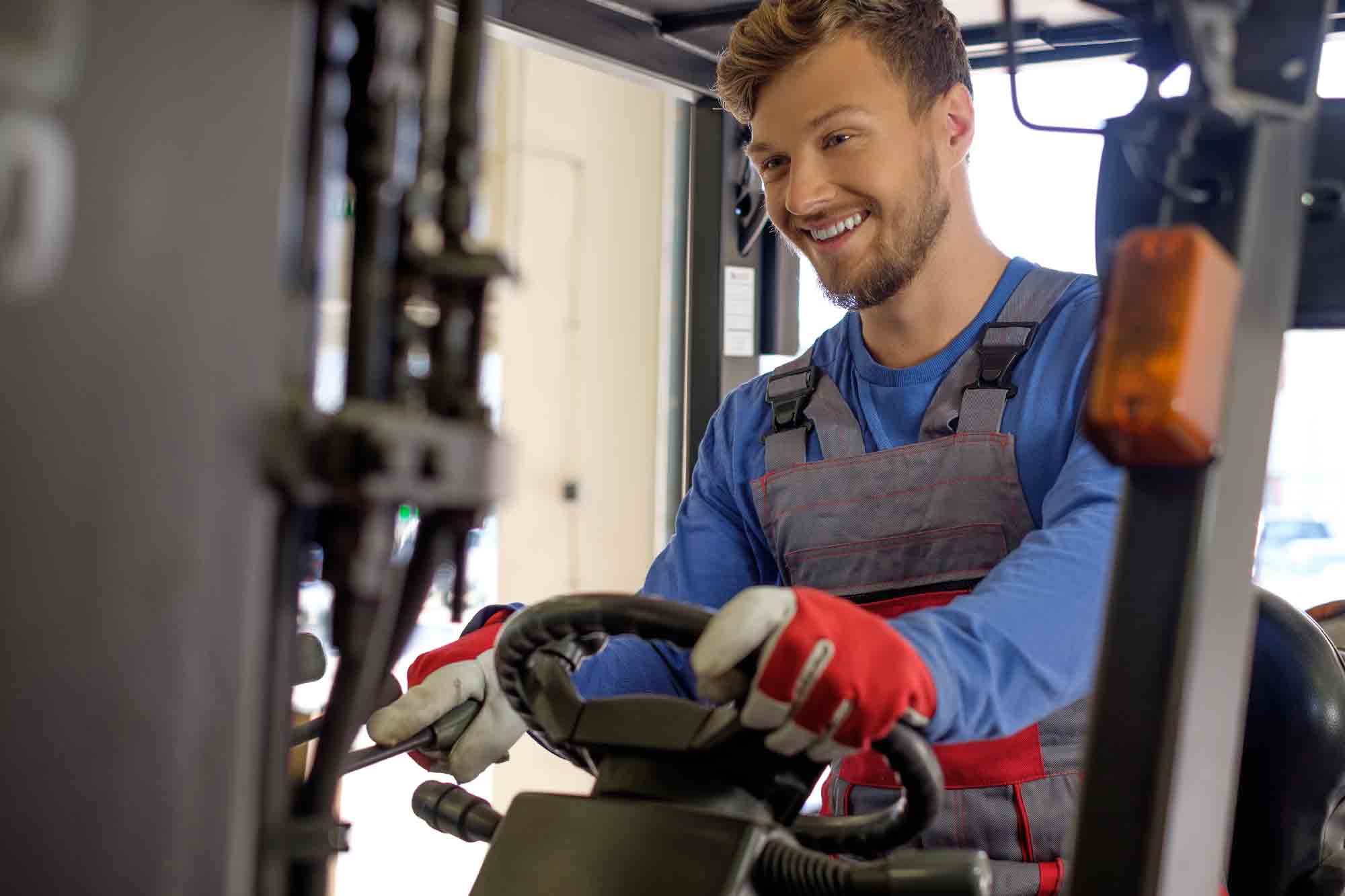Forklift Safety Course

COURSE TITLE:
Forklift Safety Course
STUDENT CONTACT HOURS:
8 Hours
COURSE DESCRIPTION:
This course will train workers to safely operate a variety of powered industrial trucks (forklifts) used to move, load, unload, stack and stage materials and equipment at hazardous waste clean-up sites and DOE remediation projects.
INTENDED AUDIENCE:
Workers who operate or will operate forklifts at hazardous waste clean-up sites and DOE environmental remediation projects. OSHA estimates that "powered industrial truck accidents cause approximately 100 fatalities and 36, 340 serious injuries in general industry and construction annually." OSHA recently promulgated a new forklift safety standard that requires proper safety training for forklift operators.
APPLICABLE STANDARDS:
OSHA 1910.178 and 1926.602
TEACHING METHODS:
Instructor lecture with student questions and discussion. Small group student activities. Demonstrations of equipment and procedures. Hands-on use of several types of powered industrial trucks (forklifts, hand and hand-rider trucks, rough terrain forklifts). Activities will include pre-use inspections; fueling/charging; operation on slopes and rough terrain; loading and unloading; lifting high, long and mixed loads; use in narrow aisles; operation in hazardous locations; parking and day-end procedures.
CURRICULUM MATERIALS:OTHER REQUIREMENTS:
60-page student manual, Teamsters Forklift Safety Training, by the Southern Nevada Teamsters Local 631 Construction Industry Training Trust. One or more brief videos on safe operating procedures for forklifts.
OTHER REQUIREMENTS:
This is an intensely hands-on course that uses equipment that can cause serious injury if not operated correctly. There will be at least one instructor for each five students during all hands-on activities.
INSTRUCTOR QUALIFICATIONS:
- At least two years of forklift operational experience.
- Practice taught the 8-Hr Forklift Safety Course under the supervision of an experienced instructor.
- Completed the OSHA 500 Trainer Course in Occupational Safety and Health for the Construction Industry.
- Attends annual IBT Instructor Development Program.
TESTING AND PERFORMANCE EVALUATION:
Performance evaluation: Perform pre-use checks and fueling/charging, and move, load, unload and stack drums, pipes, palletized materials, sacks, etc. on flatbed trucks and in staging areas.
MODULES AND LEARNING OBJECTIVES:
This course will cover the chapters and learning objectives in the student manual. These are listed below.
INTRODUCTION (.5 HOUR)
- Student and instructor introductions.
- Course overview.
CLASSROOM PRESENTATIONS (3.5 HOURS)
- OSHA Standards for Powered Industrial Trucks
- Initial training requirements, and Refresher training requirements
- Classes of Powered Industrial Trucks
- Operating instructions, warnings and precautions
- Differences between the truck and automobile
- Controls and instrumentation: where they are located, what they do and how they work
- Engine or motor operation
- Steering and maneuvering
- Overhead obstructions and power line operation
- isibility (including restrictions due to loading)
- Fork and attachment adaptation, operation, and use limitations.
- Vehicle capacity including Data Plate information and restrictions
- Vehicle stability including Combined Center of Gravity, Stability Triangle, Load Center of Gravity, Length of forks and Load Center
- Vehicle inspection Pre and Post inspections
- Refueling and or charging and recharging of batteries, and PPE required
- Procedures for various emergencies such as fire, or loss of power
- Operating limitations such as Carbon monoxide, Flammable or toxic atmospheres, Noise, High traffic areas
HANDS ON ACTIVITIES AND EVALUATION (3.5 HOURS)
- Driving forward, in reverse, turning, both unloaded and with loads
- Surface conditions and uneven terrain
- Composition of various loads to be carried and load stability
- Load manipulation, stacking, unstacking, high tearing
- Narrow aisles and other restricted operating areas
- Ramp and sloped surfaces with loads
- Operating with loads that have restricted visibility
- Loading and unloading various types of enclosed and flatbed trucks and trailers
- Operating in high traffic or pedestrian areas
- Demonstrate proper mounting and dismounting and shutdown procedures
REVIEW OF PERFORMANCE SKILLS AND EVALUATIONS (.5 HOURS)

